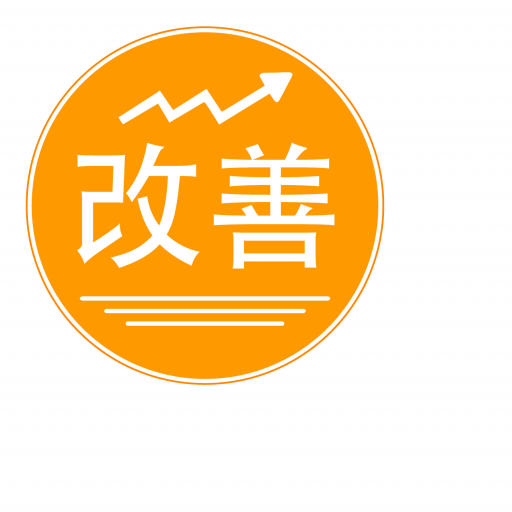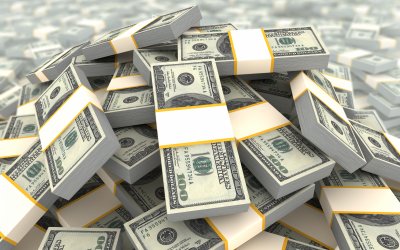Boeing’s 737 Max issues highlighted the company’s sacrifice of safety for financial performance, resulting in a tarnished reputation. The prioritization of profit over core values also damaged the FAA’s credibility and revealed a lack of accountability for top executives. This downfall serves as a reminder of the importance of maintaining core values and prioritizing them over short-term financial gains.

Align and Thrive: The Importance of Organizational Alignment and Agility
Introduction: The Need for Alignment in Agile Growth Companies
During a recent conversation with a fellow professional, the topic of organizational alignment arose. For a company to grow and adapt, it must be aligned, with all activities reinforcing its objectives. Alignment begins with the CORE – Core Values, Core Purpose, Core Customer, Brand Promise, and Profit/X, and these elements form the foundation upon which everything else is built.
Building Strategy Around Your Core
Once the CORE is established, you can develop a strategy that includes your Flywheel, BHAG, 3HAG, and 13-Week Sprints. The strategy should be based on the CORE without contradicting any of its elements. With a solid strategy, execution then focuses on achieving the targets set out in the strategy.
The Pitfalls of Misaligned Goals
Many companies set Core Values, a five-year plan, and annual goals but fail to align these with their CORE. This misalignment can result in pursuing revenue at the expense of profitability or prioritizing profit to the detriment of essential investments in people, processes, and equipment. Such scenarios are common in Corporate America and often wrongly attributed to short-termism.
The Power of Alignment and Agility
Alignment and agility are crucial for sustainable growth. When a company is aligned, its activities reinforce its Flywheel, target Core Customers, meet customer needs, deliver products and services efficiently, fulfill the Brand Promise, and achieve the Profit/X goal.
Agility enables an organization to respond effectively to a changing world. In an ever-changing environment, decision-making must be pushed to where the information is. Proper decision-making can only happen when the decision-maker knows the organizational intent (Strategy) and the framework for making that decision (CORES).
Conclusion: Aligning Your Organization for Success
To achieve the growth and success you seek, identify your CORES and develop a strategy accordingly. Ensure that everything in your organization aligns with these CORES, and you will be well on your way to thriving in an ever-changing business landscape.
Recent Posts
The Downfall of Boeing: A Lesson in Core Values
Resolutions, Here We Go Again.
In reflecting on 2021 resolutions, the author scored themselves in three categories and sought to improve success in 2022 by addressing friction points. Drawing on advice from social psychologist Wendy Wood, the author identified areas to reduce or increase friction in their failed resolutions. By making these adjustments, the author aims to enhance their goal achievement and encourages others to consider friction when setting resolutions.
You need to take an extended vacation. No, seriously, you do.
COVID has taken a toll on all of us. If you have not taken an extended vacation in a while where you disconnect, you need to now. You and your business will benefit.
Becoming Famous in Your Niche: The Success Story of Linn Products Limited
In a previous discussion, I highlighted the importance of being famous for something. Being well-known in your niche can help you: Concentrate on your strengths Connect with your target audience Communicate your offerings more effectively Receive referrals Identify...
Understanding and Optimizing Your Cash Conversion Cycle
Understanding and optimizing the Cash Conversion Cycle is crucial for business growth, as it impacts cash flow and the ability to access external capital. This cycle consists of four components: Sales, Make/Production & Inventory, Delivery, and Billing and Payments. To improve the Cash Conversion Cycle, companies can eliminate mistakes, shorten cycle times, and revamp their business models.
Discovering Your Niche: Why You Need to Be Famous for Something
As an entrepreneur, it’s crucial to specialize in a specific area and become famous for something, allowing you to generate referrals and build your brand. Understanding the “job” you’re hired for helps you stand out in the marketplace and communicate your value proposition effectively. By providing value to your clients, you can adopt a value-based pricing approach, ensuring your business remains competitive and maintains a strong market presence.
Rethinking Your Pricing Model: Maximizing Margins and Providing Value
Rethink your pricing model by focusing on the value you provide and your customers’ Best Alternative To a Negotiated Agreement (BATNA). This approach can help you maximize margins while delivering better value to your clients. Assess your offerings and brainstorm with your team to identify pricing adjustment opportunities or eliminate commodity products or services.
Do you know your Profit per X to drive dramatic growth?
I recently facilitated a workshop with several CEOs where we worked on the dramatic business growth model components. One of the questions that I had asked them beforehand was, "What is Your Profit/X?" The results showed that there this concept is not clear to many....
The War for Talent: 5 Ways to Attract the Best Employees
In today’s War for Talent, attracting the best employees requires a focus on value creation, core customer, brand promise, and value delivery. Clearly articulate your company’s mission, identify your “core employee” based on shared values, and offer more than just a salary to stand out as an employer. Utilize employee satisfaction metrics and showcase your company’s commitment to its workforce on your website to make a strong impression on potential candidates.
Are you killing your firm’s WFH productivity?
Productivity remained during WFH with COVID. However, further analysis found that hourly productivity fell and was compensated for by employees working more hours. What was the culprit – Meetings. Want to increase productivity, have fewer meetings.















